C'EST LA VIE - THAT'S LIFE
Living in France for 3 months with Jeannine & Roger

Saint-Emilion 16th May
Today we went to Saint Emilion, a UNESCO World Heritage site, which was named after an 8th century Benedictine monk who spent many years living in a hermitage carved in rock. The area is predominately vineyards, with big chateaus as wine-houses. Although grapes have been grown here for centuries and are now the area’s main source of income, it hasn’t always been that way. Under the hillside town of St Emilion, there are over 200kms of tunnels, a legacy of the quarrying of limestone; this extraction no longer takes place as the ground below the town has become very unstable. The structures shown below are not supported by anything but gravity.

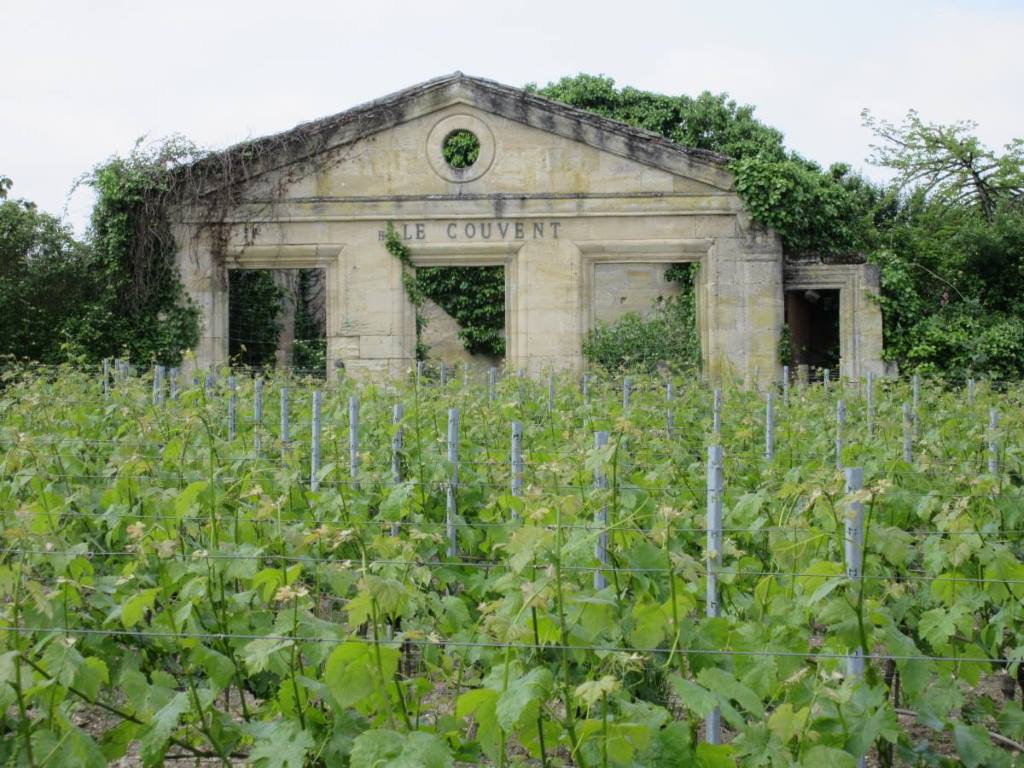
At 10.00am our first stop was to book the tickets for the 2pm St Emilion tour which includes in the €9 price a visit to Emilion’s hermitage, the Trinity Chapel and its frescoes, the Catacombs and the medieval underground church. We also booked a €11 Cloisters of the Cordeliers and Winery Tour for 4.30pm. However, they only do English tours in July/August so we took a punt on being able to understand something; the Tourism office did give us two pages of English dialogue about the tour to take away and read. It’s not the only thing I read; the following price list was slightly out of our budget, but I wasn’t shy about going in to ask the way to the Tourism Office when we first got to St Emilion.
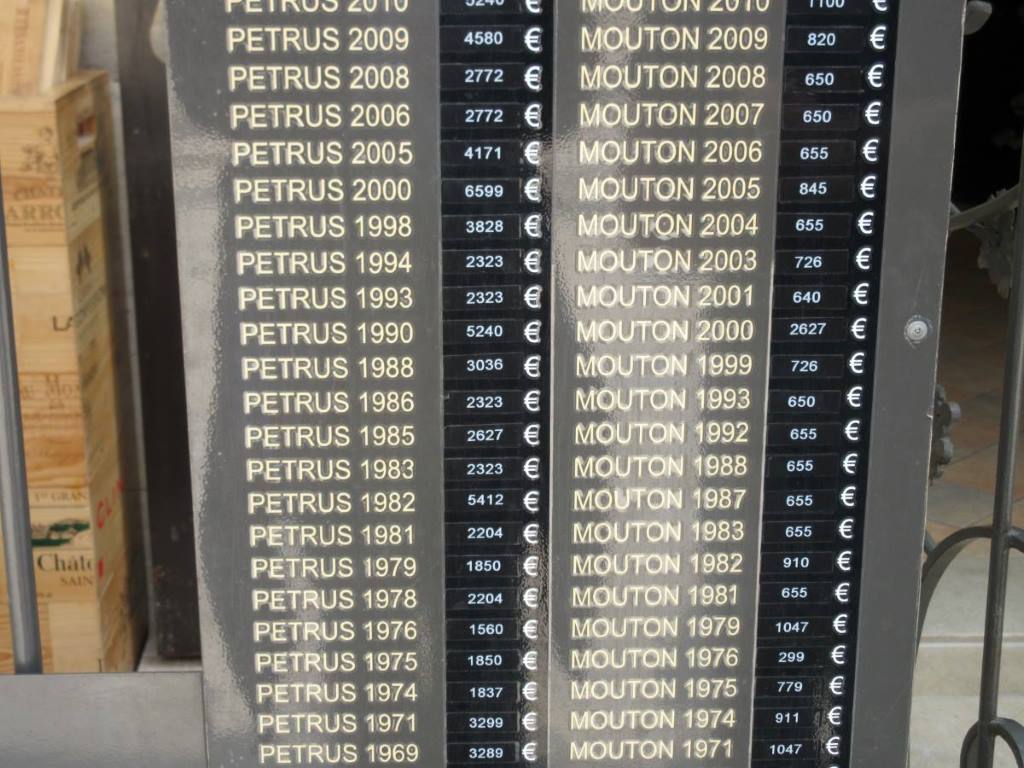
While waiting for our tour we went to the nearby city of Libourne for a geocache, bakery stop and to see their sights. They aren’t interested in English speaking tourists, so their main attraction, a chateau and gardens, is only open on Sunday’s for French speakers. The city’s other attractions are all drive-by views of the town square, an old bridge and a clock. Below is the only photo worth showing of Libourne.
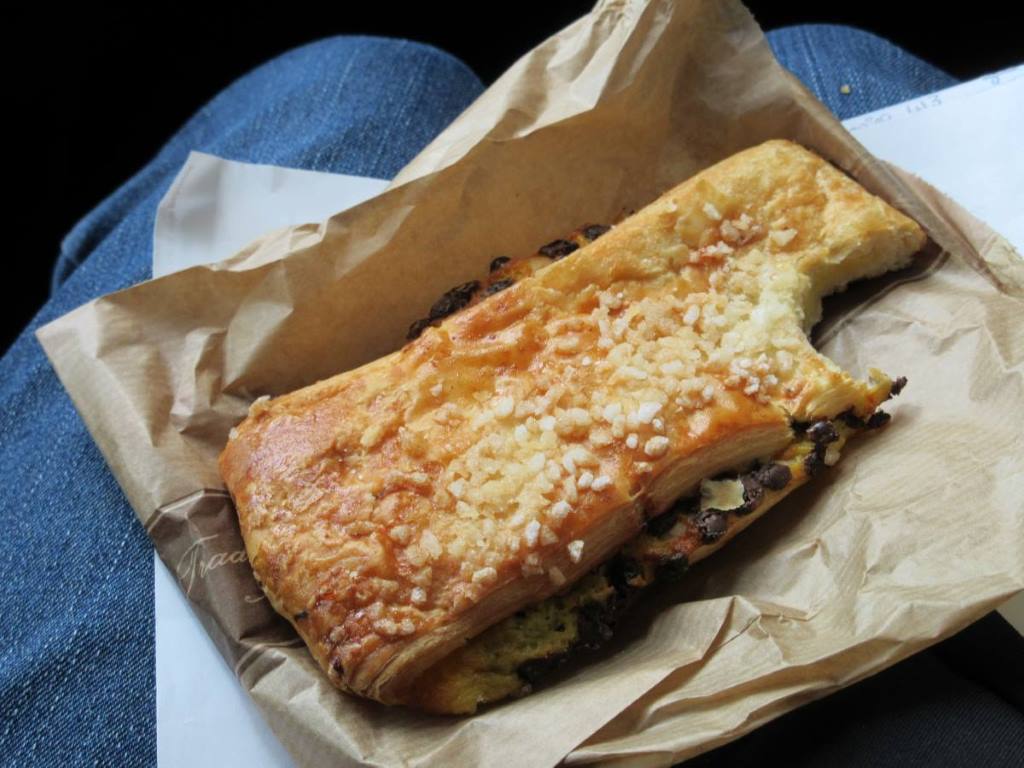
We went back to St Emilion and did a few caches and had lunch before our tour. The following rock has carved graves that are now exposed and freely open for people to walk over and hide geocaches in. The other photo is of ruins that farmers graze their sheep on.
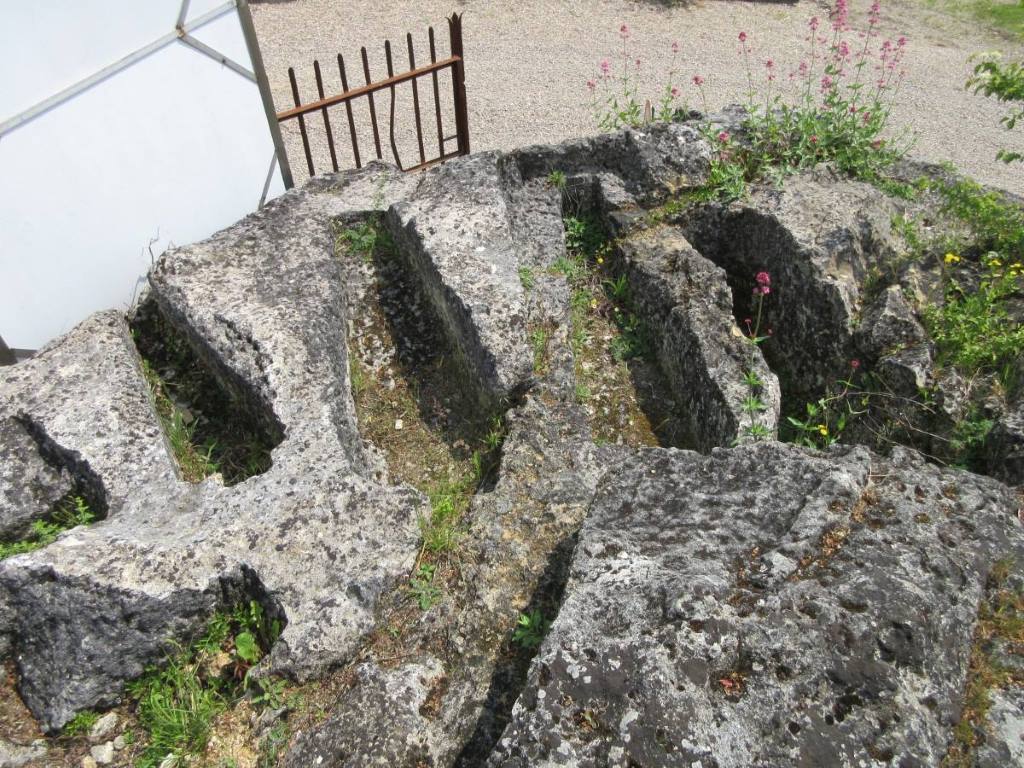
Our St Emilion tour, as expected, was informative and interesting. We got the history of the town, St Emilion the monk and the church. The area is significant because of its history; there were ruling religious orders, 9th century Vikings sacking the treasures stored in the churches and then later the pilgrims and crusaders passed through. The monolithic medieval underground church is the biggest in Europe, followed closely by the one we saw in Aubeterre. The church is deteriorating because of the damp conditions and water getting into the limestone. There are many layers to the façade, because as the centuries passed and wars took place, new owners built additional structures on top. The following photo shows three layers: the bottom is the original entrance to the underground church believed to be dug in the 12th century, the second layer and the church on top were probably constructed between the 15th and 20th century. Apparently monolithic churches were dug into rock for economical reasons because they could sell the material excavated and they didn’t need to buy in any stone. The church and area suffered from various Religious wars, territory and control wars between England and France and the French Revolution. Our guide was a laugh, pointing out all the faux pas in things set up for tourists over the years. For example, the statue of St Emilion was incorrectly depicted as a Franciscan monk and the restored frescoes showed Jesus Christ holding a globe of earth being round with as yet undiscovered continents in place. Although pilgrims walked for miles she made them out to be lazy bludgers, saying that they rested a lot and relied on churches for free meals and lodgings.
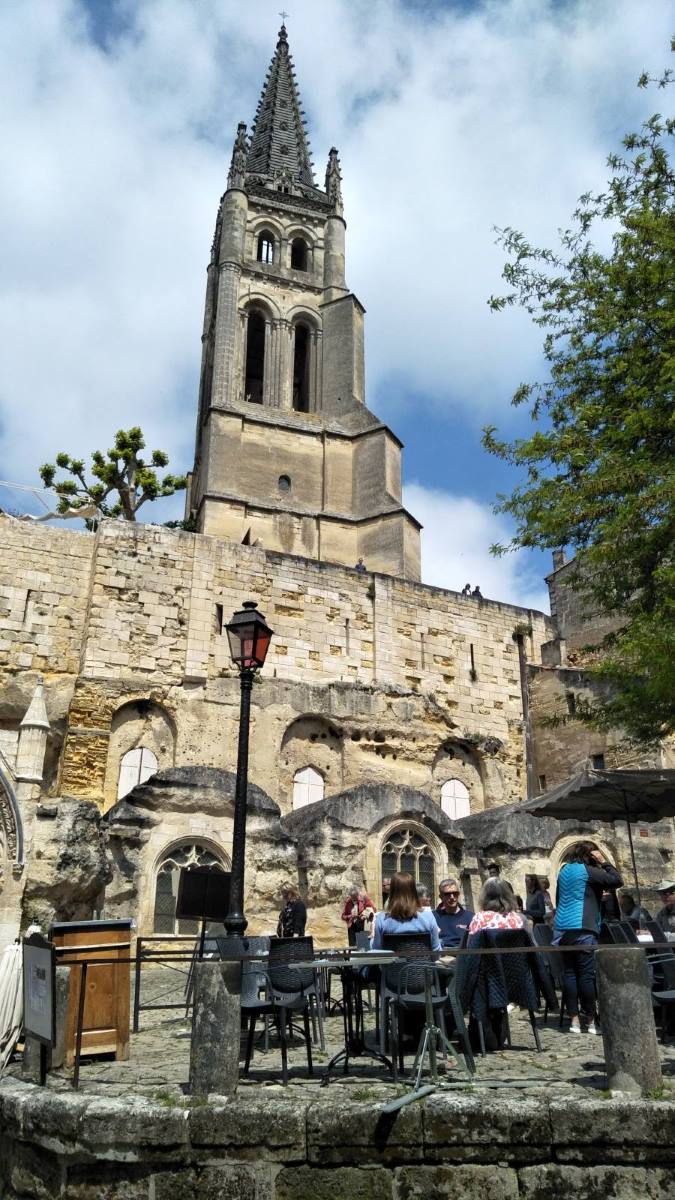
On our tour of the Cloisters and Winery, there was only us and a young American couple, no French speakers, so the guide and trainee who spoke good English, decided to take the tour in English; a win for us. We toured the Cordelier’s Cloisters; the story goes that the Franciscan monks or Cordeliers lived on the outside of the walled town and when the town was attacked in the 14th century the king let them live inside to help protect the town. At the time of the French Revolution, in the 18th century, all religious orders were tossed out and their property confiscated. The area went to ruins, the state put it up for sale and although the Cordeliers could have claimed it back, they didn’t. In the 19th century somebody bought it and has been continually restored ever since. The current owners choose to make sparkling wine here using the traditional Method of Champagne, however they can’t call it that and they can’t use St Emilion grapes or call it a St Emilion wine because of all the wine production and label protection rules, especially in an area that makes only still wine. Therefore they buy their juice in and do the rest, so we saw the production process, underground storage facility and tasted the three samples on offer. Most of St Emilion’s grapes aren’t true to origin anyway as a bug wiped out the vines and now they are grafted onto American stock. The picky wine industry here also has lots of rules about not watering the grapes and when to fertilise etc. The wine we tasted has strict rules regarding the harvest of the grapes; it must be done by hand, using only small baskets to avoid crushing the berries. Photo of our tour group follows.

Today’s taste of France and the French word is Cremant de Bordeaux, which is the sparkling wine we tasted on our tour made by the champagne method. There ends a long history lesson of St Emilion and a long days walking, over 19,000 steps (so the pedometer says), rewarded with some very expensive Macarons.
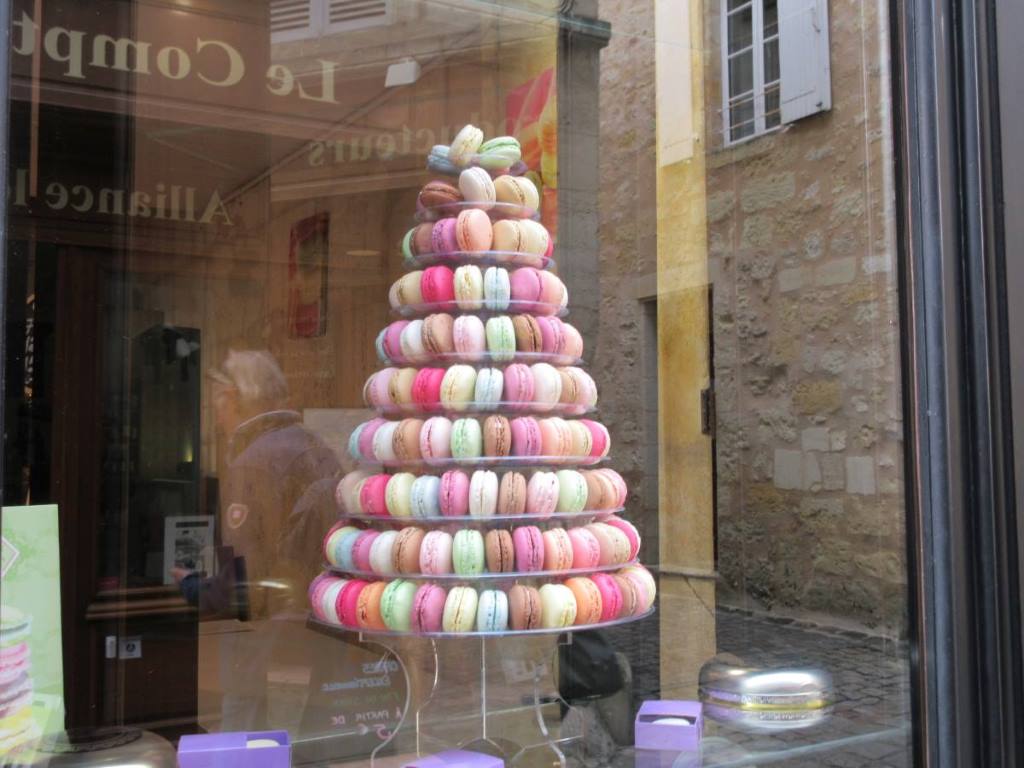
Jeannine & Roger
A couple of people who decided to try living in France for three months, to absorb some of the culture and to try a diet of Baguette, Cheese and Wine.